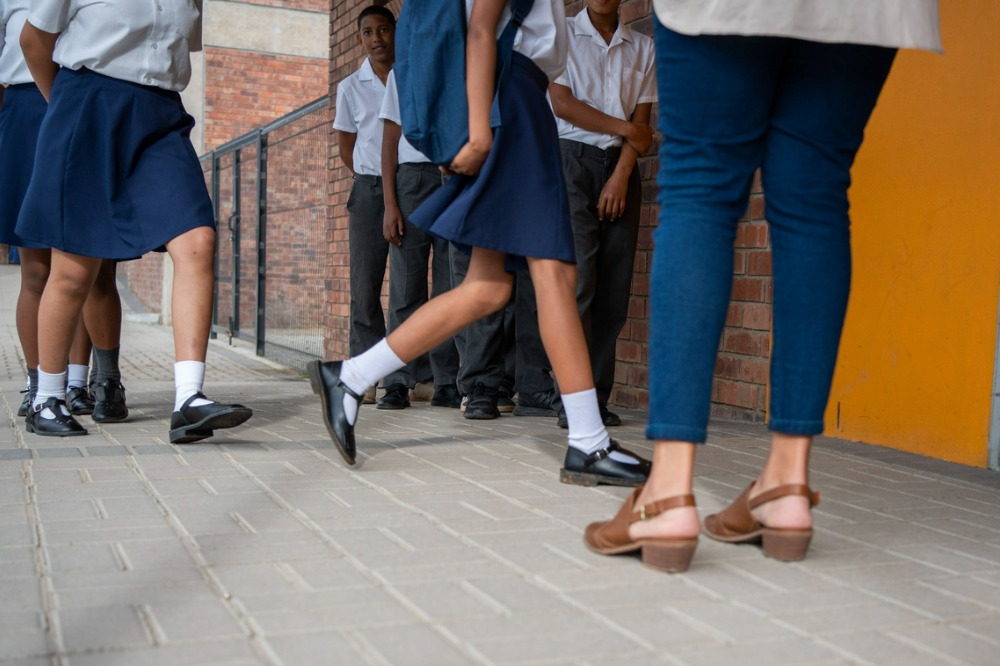
Elite NSW private schools that educate children from wealthy families are being overfunded to the tune of $350m while public schools face crippling resourcing issues, according to new data.
According to the new analysis of Department of Education data by Save our Schools, there are 98 NSW Independent schools where the median taxable income of families was $200,000 or higher in 2023.
While the data shows half of those schools are funded above their entitlement by the Federal Government at a cost to taxpayers of $353m between 2022-2028, it is unclear whether a further 21 of the schools are overfunded because the available funding information is incomplete.
In December, an inquiry ordered by Education Ministers warned that the underfunding of public schools is “undermining other reform efforts with real implications for student educational and wellbeing outcomes, teacher attraction and retention”.
The Expert Panel that conducted the inquiry said the need for the full funding of public schools was “all the more urgent because of the full funding arrangements that already exist in the non-government sector”.
The Australian Education Union (AEU) Federal President Correna Haythorpe said the new figures “exposed the staggering inequity in school funding”.
“No NSW public schools are funded at the Schooling Resource Standard (SRS), which is the minimum level governments agreed a decade ago was required to meet the needs of students,” Haythorpe said. “By contrast every private school in NSW is either funded at or above their SRS entitlement.”
The union says the Education Department’s own figures show 40% of private schools nationwide are overfunded by the Federal Government at a total cost to taxpayers of $3.2bn between 2022-2029.
“This is the legacy of the Morrison Government, but it is up to the Albanese Government to level the playing field. If it can afford to overfund private schools, it can afford to fully fund public schools,” Haythorpe said. “That means lifting its contribution to NSW public schools from 20% of the SRS to 25%.”
However, the Association of Independent Schools NSW (AISNSW) says private schools are currently getting the level of government funding they should be getting because the Federal Government is transitioning nearly 90 NSW independent schools from the old funding model to the new one.
“Everyone in education wants public schools to be fully funded according to the SRS, but it is misleading and unethical to aggregate seven years of student funding to create a headline and blame non-government schools,” Margery Evans, Chief Executive of AISNSW, told The Educator.
“Every non-government school is receiving the correct level of government funding it is supposed to receive at this time.”
Evans said that when the Australian Government changed the funding model for non-government schools, every Catholic and Independent school’s funding amount was reset.
“Some schools are now attracting more funding and others are attracting less. An adjustment period was implemented for schools whose funding was being reduced to avoid abrupt cuts that would have forced schools to suddenly shed staff and programs,” Evans said.
“The aggregated funding data quoted takes no account of the number of students in each school, nor does it recognise that schools will lose further funding each year when parents’ median income rises. Nor does it mention that NSW public schools attract around $9,500 more per student per year in government funding than non-government schools.”


